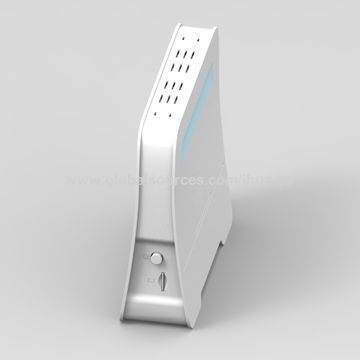

In practice mobile phones have a single radio, tablets may have two and laptops four. In AC there can be 8 radios that can connect to multiple clients at the same time (MU-MIMO or Multi-User MIMO). N introduced MIMO (Multiple Input, Multiple Output) radios that could use multiple connections (four at max.) 4 x 150 Mbps is 600 Mbps. Isn't the maximum speed of 802.11n 600 Mbps? Yes, it is. The latest is AC, which is only defined for 5 GHz, but in practice all devices and access points are compatible with older standards (so they support also 2,4 GHz). 5 GHz radios were still more expensive, so cheaper devices and access points only had 2,4 GHz radios. N added even more speed and N was defined for both bands. G brought the speeds of A to the less expensive 2,4 GHz band. It was B, that used the 2,4 GHz band that really created the market.

5 GHz radios were expensive and A never really took off. It offered increased speed, but used the new 5 GHz band. This is the basis for all enterprise wireless networks of today providing videoconferencing and high speed database connections. Bandwidth requirements were very modest, so speed was not a primary design objective. In a warehouse cords were inpractical, so going cordless was logical. Originally WiFi or 802.11 was designed for barcode scanners.


 0 kommentar(er)
0 kommentar(er)
